- sales@fokca.com info@fokca.com
- WhatsApp: +86 150 5749 1870
Sep 29, 2025
In modern industry and everyday life, pneumatic and hydraulic systems are everywhere. On factory production lines, pneumatic actuators are often relied upon to carry out fast assembly operations, while on construction sites, excavators, elevators, and automobile braking systems depend on hydraulic technology to transmit enormous power.
Clearly, the structures of the two types of actuators are very similar, and the primary factor that leads to the difference in pushing and pulling forces between the two is the pressure of the medium. The pressure of pneumatic cylinders typically ranges from 0.4 MPa to 1 MPa, while the pressure of hydraulic media is usually between 5 MPa and 35 MPa, and can even reach 70 MPa or higher in some high-pressure applications. This difference in pressure results in different mechanical forces, including output and return forces, between the two systems.
For both pneumatic and hydraulic components, maintenance and lubrication start with the treatment of the fluid medium. While the components and types of fluid media are different for these two systems, the maintenance and care processes for both pneumatic and hydraulic components are the same. This includes treating the medium with processes such as drying, dewatering, lubrication, and filtration.
Whether in pneumatic or hydraulic systems, lubrication is key to ensuring the proper functioning of components, reducing wear, and improving efficiency.
Hydraulic System: Hydraulic oil itself usually has some inherent lubrication properties, helping to reduce friction between the piston, piston rod, pump, and other moving components. Therefore, the treatment for hydraulic systems involves regularly checking the oil quality to maintain its lubrication effect.
Pneumatic System: Lubrication in pneumatic systems is usually achieved by adding a dedicated oil mist device to treat the compressed air. Through the conduction of the fluid medium, it provides lubrication to components such as cylinders and valves, so there is no need for separate disassembly or treatment.
Filtration is essential for removing impurities, dust, moisture, and other contaminants from the fluid, preventing them from damaging system components.
Hydraulic System: Filtration of the hydraulic oil is crucial, as any contaminants entering the system can cause wear or clogging of pumps, valves, hydraulic cylinders, and other components.
Pneumatic System: Filtration in pneumatic systems addresses impurities such as moisture, oil mist, and dust in the compressed air. The filters used in compressed air systems typically include three types: coarse filters, medium-efficiency filters, and precision filters, each with varying capabilities for removing different types of contaminants.
Maintaining the dryness of the medium is critical for the proper function of other components, especially metal parts, in both pneumatic and hydraulic systems.
Hydraulic System: Water in hydraulic oil reduces the oil's lubricating properties, causes degradation, and can result in corrosion or freezing issues. Therefore, treatment for hydraulic oil involves using water separators and dehydration devices.
Pneumatic System: Compressed air can easily carry moisture, which not only affects system lubrication but can also lead to rust and damage to pneumatic components. An air dryer is used to treat the pneumatic system's medium.
Over time, both hydraulic oil and compressed air may gradually fail to meet quality and pressure requirements.
Hydraulic System: Hydraulic oil undergoes oxidation and decomposition with extended use, which reduces its pressure transmission effectiveness. Therefore, hydraulic system fluids need to be periodically replaced, and the cleanliness and purity of the oil should be checked.
Pneumatic System: Compressed air does not need to be regularly replaced, but it requires periodic filtration, drying, and lubrication treatment to ensure its quality.
Regular Inspection and Replacement of Seals
Both pneumatic and hydraulic systems require the inspection of seals in actuators, valves, pumps, and other components to ensure proper sealing. Worn or damaged seals should be replaced promptly to maintain system efficiency and prevent leakage.
External Moving Components of Actuators
Pneumatic and hydraulic actuators often have external moving parts, such as piston rods, guide rods, and mounting devices. These components should undergo regular reinforcement treatment to prevent wear and ensure smooth operation.
Regular Cleaning and Removal of Carbon or Contaminants
Dirt or other contaminants often accumulate in the piping system. These particles can significantly impact the system's ability to transport the working medium, so regular cleaning is essential to maintain system performance.
Control and Maintenance of Operating Temperature
Excessively high operating temperatures can accelerate the degradation of hydraulic oil or pneumatic lubricating oil, reducing lubrication effectiveness and causing component wear. Therefore, it is crucial to maintain the pneumatic and hydraulic systems within their normal working temperature range.
Reducing Shocks and Overloads During Operation
Shock loads and overloads can cause rapid wear or even damage to pneumatic and hydraulic components. Adding guide structures to the cylinder body or using rotatable mounting components can help reduce the impact on the actuator, ensuring better system longevity and performance.
You May Interest In
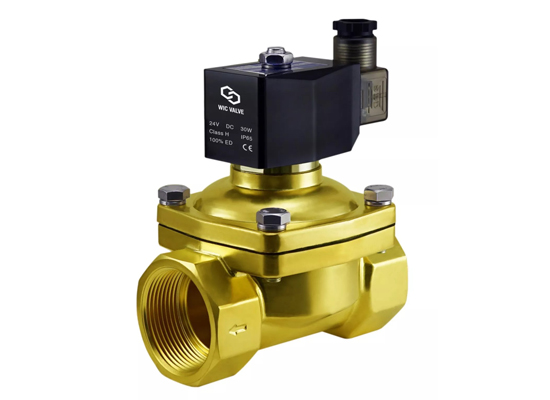
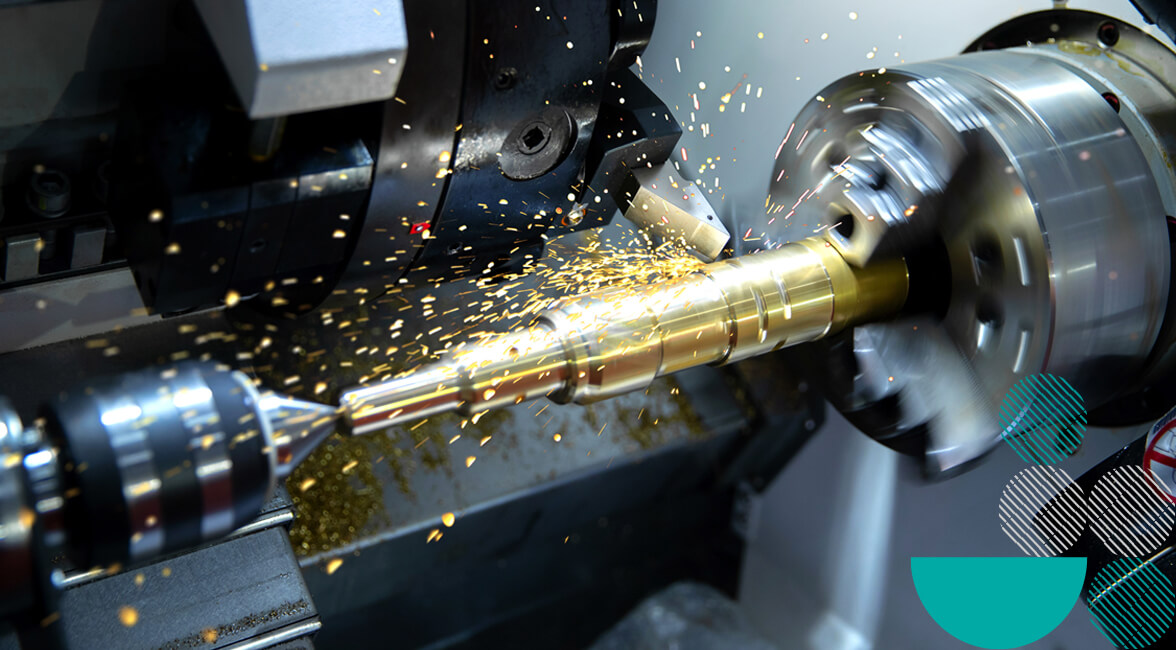
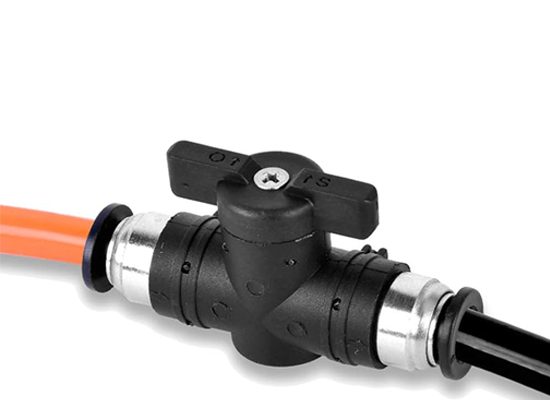
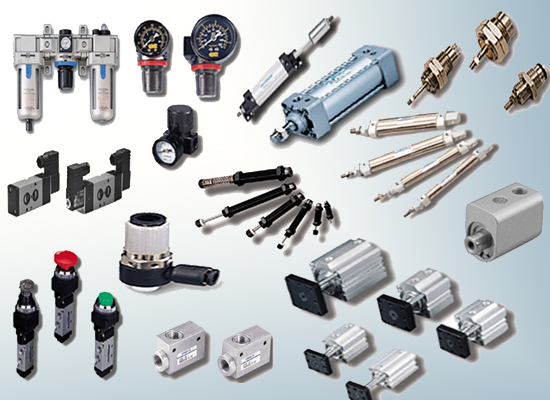
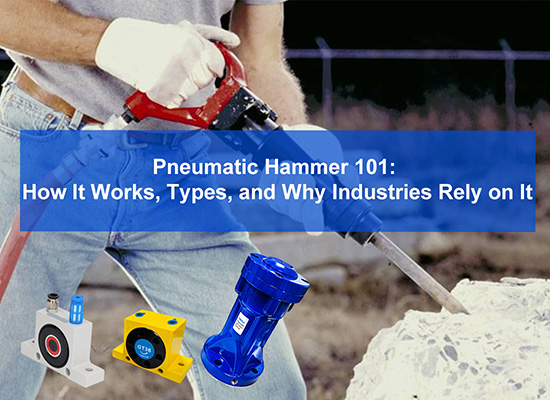
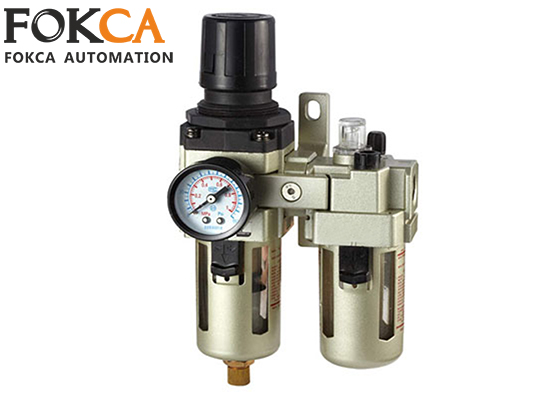
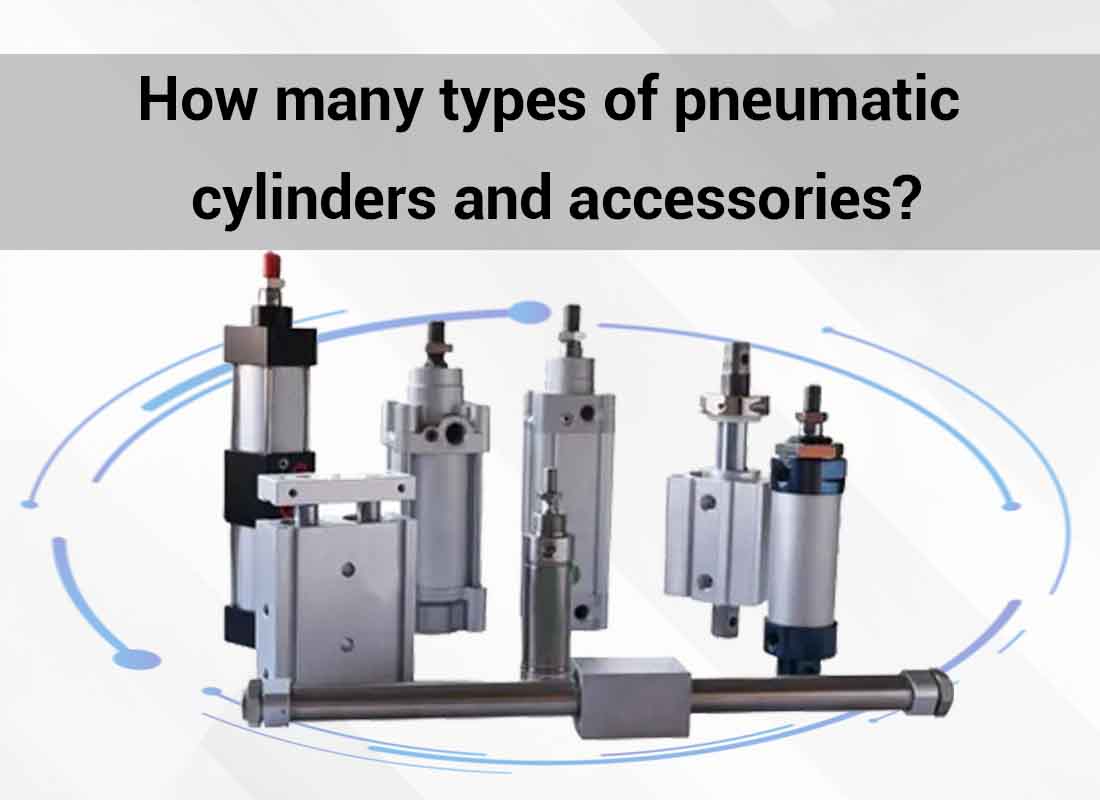
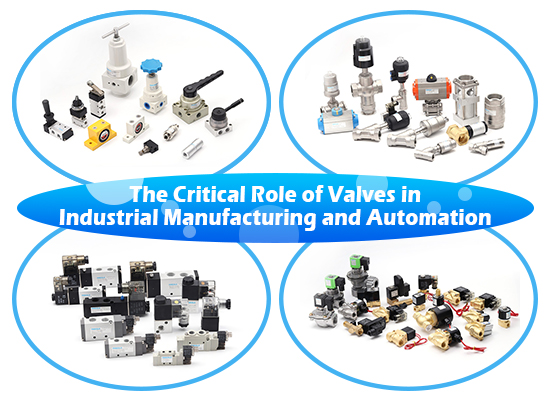
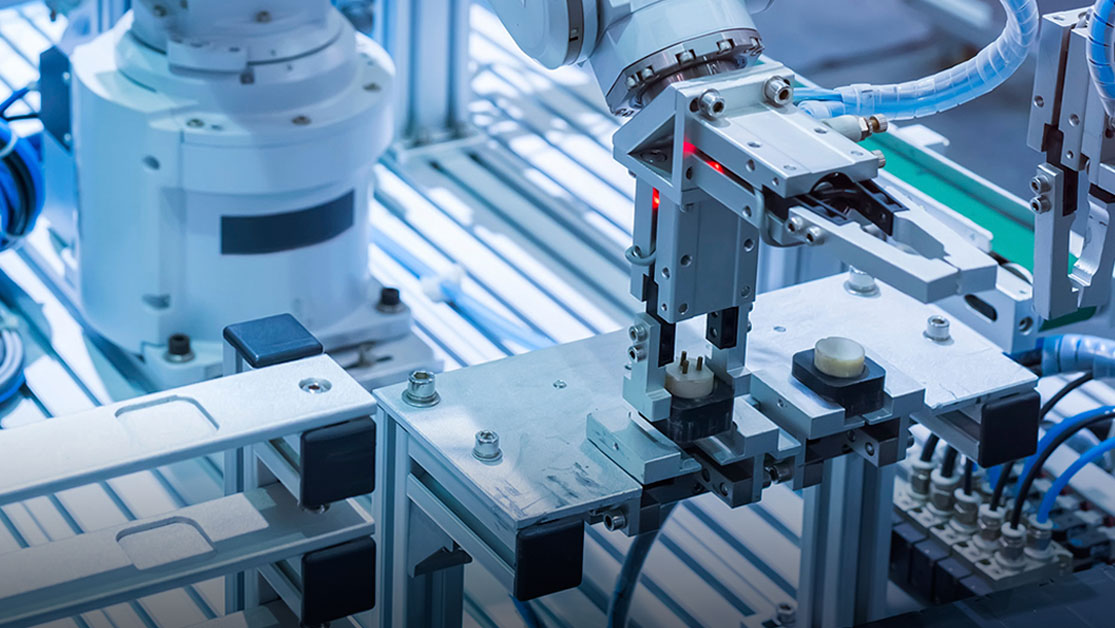
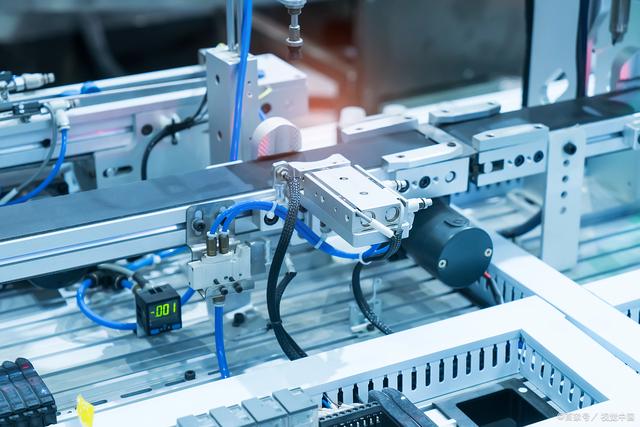
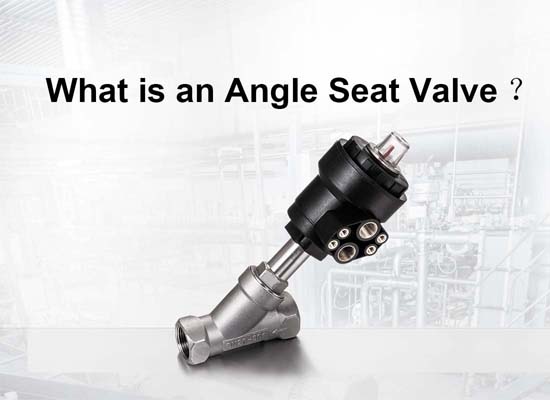
Apr 18, 2025 Blog
What is an Angle Seat Valve?Links: www.fescolo.com(Pneumatic)
FOKCA ©1998-2025 All Rights Reserved Sitemap